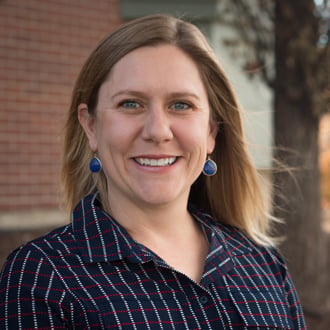Living in rural, isolated areas correlates with easier access to handguns and higher risks of suicidality among Colorado teenagers, according to a cross-sectional study recently published in the Journal of the American Medical Association Network Open. These findings can help inform public health and policy experts on how best to allocate educational firearm safety and suicide prevention resources in the state.
Researchers from the University of Colorado Anschutz Medical Campus, the University of Colorado Boulder and the Department of Veteran’s Affairs in Aurora, Colorado, used data gathered from the 2019 Healthy Kids Colorado Survey, an anonymous survey completed biennially by 59,556 students in 256 Colorado high schools. Survey answers include data on access to firearms in the home and measures of suicidality among high school students.
Researchers then analyzed firearm access and suicidality survey data based on geography. Rurality correlates strongest with ease of access to handguns, identifying communities at highest risk for high suicide planning prevalence among high school-aged students. The results indicate 21 schools in 19 counties with high prevalence of both easy access to firearms and planning suicide, of which 18 are rural, with 14 in more remote areas of the state.
“Firearms are such lethal means that when kids have access to them, suicide attempts can be fatal,” says Ashley Brooks-Russell, PhD, MPH, study co-author and associate professor at the Colorado School of Public Health. “Suicide can be impulsive and unpredictable. Reducing access to firearms in the home can mitigate suicide risk. Parents should make sure teenagers do not have easy access to firearms or ammunition, and in times of personal crisis, should consider storing them outside of the home.”
These findings highlight what is possible for identifying at-risk populations within states when smaller scale geographic data is available, as researchers utilized existing data gathered through a federally and state-funded survey. “Any state that gathers similar surveillance data can use the information to map and identify hot spots,” said Brooks-Russell. “Public health planners and policy makers could then work to direct scarce educational and interventional resources to parts of states that need it most.”




